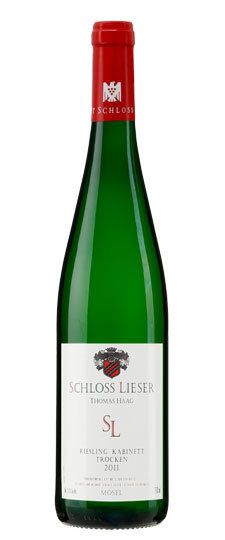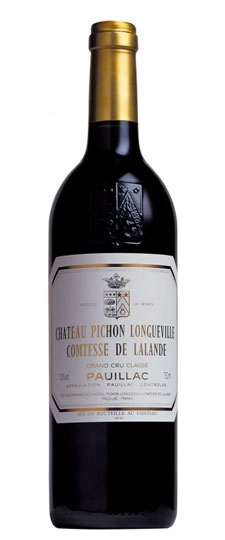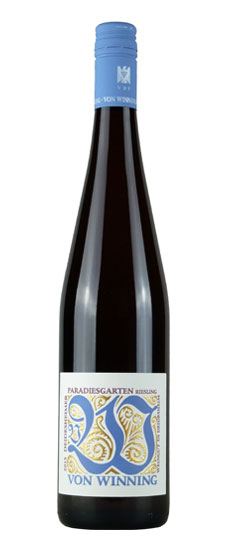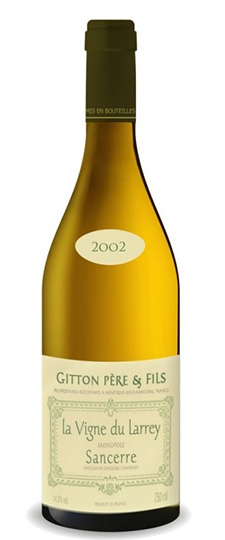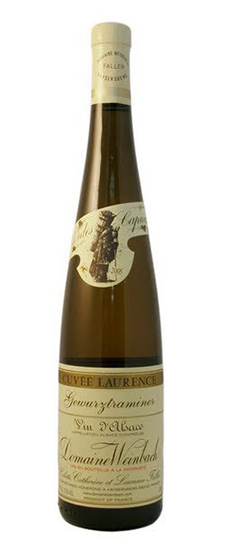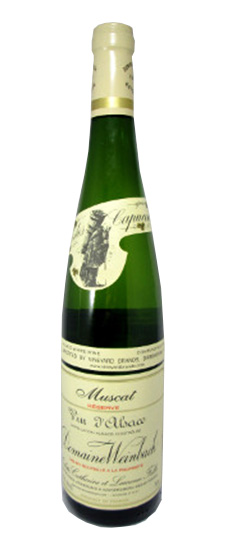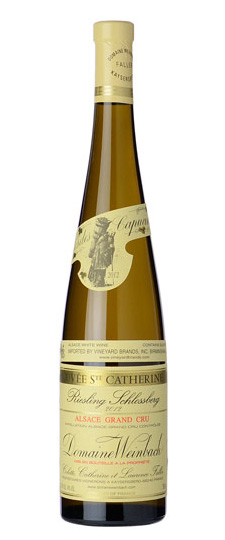Grape Variety
Riesling
Riesling is native to the southwestern German valleys of the Rhine and its tributaries between Frankfurt and Trier, where it makes delicate wines that often feature a touch of natural grape sugar Across the border in Frannce, Riesling also has a long history in Alsace, where it traditionally makes a stronger, drier wine. This vine makes its best international wines in colder climates, too. Vintners making Riesling in North America nad New Zealand most often follow the sweeter German style, while those in Austria and Australia tend to favour the drier French approach.
German Wine
Germany produces wines in many styles: dry, semi-sweet and sweet white wines, rosé wines, red wines and sparkling wines, called Sekt. (The only wine style not commonly produced is fortified wine.) Due to the northerly location of the German vineyards, the country has produced wines quite unlike any others in Europe, many of outstanding quality. Between the 1950s and the 1980s German wine was known abroad for cheap, sweet or semi-sweet, low-quality mass-produced wines such as Liebfraumilch.
The wines have historically been predominantly white, and the finest made from Riesling. Many wines have been sweet and low in alcohol, light and unoaked. Historically many of the wines (other than late harvest wines) were probably dry (trocken), as techniques to stop fermentation did not exist. Recently much more German white wine is being made in the dry style again. Much of the wine sold in Germany is dry, especially in restaurants. However most exports are still of sweet wines, particularly to the traditional export markets such as Great Britain, which is the leading export market both in terms of volume and value. The United States (second in value, third in volume) and the Netherlands (second in volume, third in value) are two other important export markets for German wine.
Red wine has always been hard to produce in the German climate, and in the past was usually light colored, closer to rosé or the red wines of Alsace. However recently there has been greatly increased demand and darker, richer red wines (often barrique aged) are produced from grapes such as Dornfelder and Spätburgunder, the German name for Pinot noir.
Perhaps the most distinctive characteristic of German wines is the high level of acidity in them, caused both by the lesser ripeness in a northerly climate and by the selection of grapes such as Riesling—which retain acidity, even at high ripeness levels.
เขตปลูกไวน์ของเยอรมันมีทั้งหมด 13 เขต ได้แก่
- Ahr (อาร์)
- Baden (บาเดน)
- Franken (ฟรานเคน)
- Hessische Bergstraße (เฮสซิสเชอ แบร์กชตราเซอร์)
- Mittelrhein (มิทเทิลไรน์)
- 6. Mosel (โมเซล)
- Nahe (นาเฮอ)
- Pfalz (พาลาทิเนต Palatinate)
- Rheingau (ไรน์กาว)
- Rheinhessen (ไรน์เฮสเซ็น)
- Saale-Unstrut (ซาเลอ อูนชตรุท)
- Sachsen (ซักเซน)
- Württemberg (วูร์ทเท็มแบร์ก)

